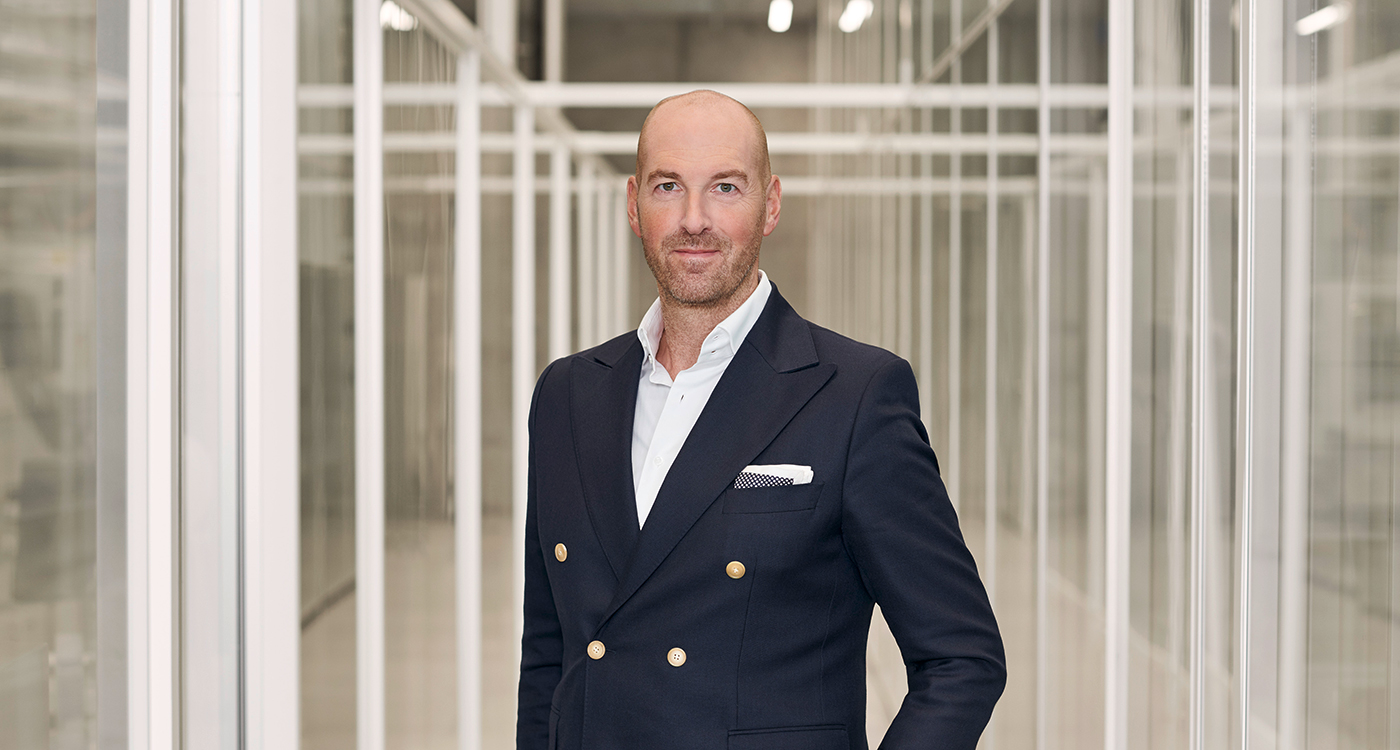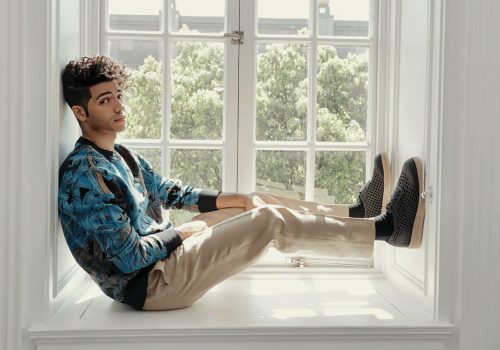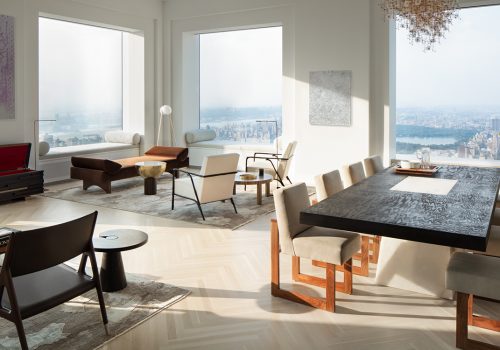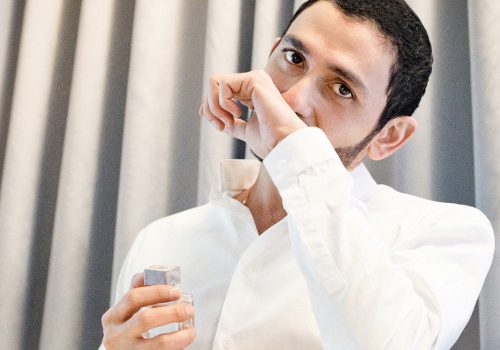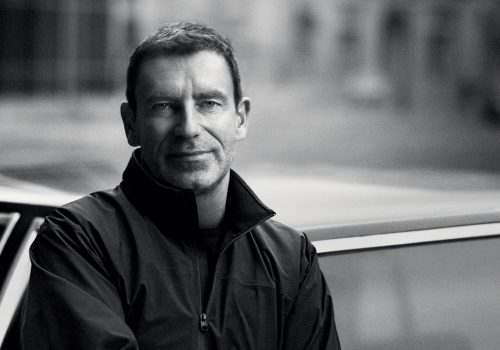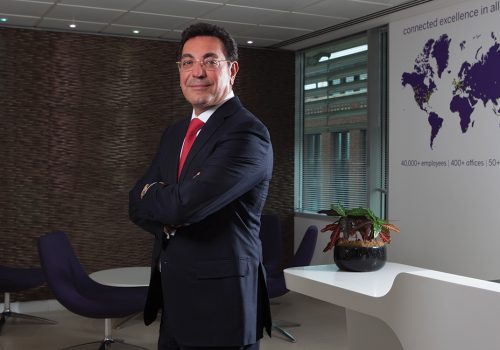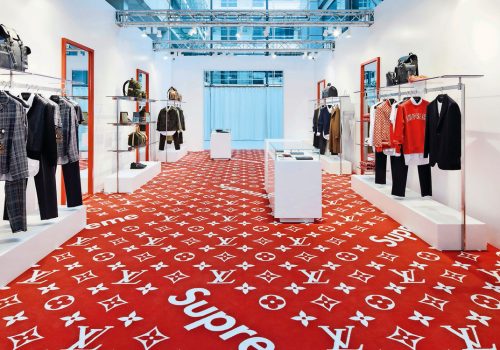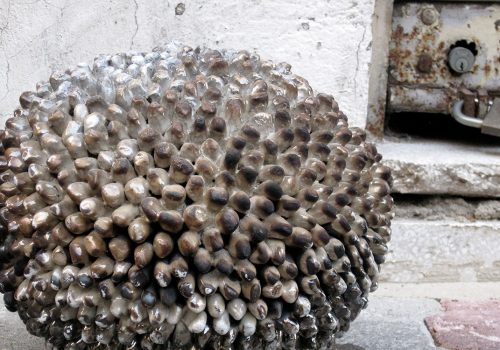HOW DID YOU END UP WORKING IN THE WATCH INDUSTRY?
[Christian Knoop, Creative Director at IWC Schaffhausen] Watch design was always something I looked at as a source of inspiration and admiration. I am a trained industrial designer and have worked on vastly different products, ranging from consumer electronics to furniture to industrial and medical products to aircraft interiors. It was quite a coincidence that I ended up joining IWC almost 12 years ago because I had no track record in watch design in particular. But looking back, this move was a game-changer and the start of a new passion.
IF YOU THINK THAT MOST PRODUCTS TODAY ARE NO LONGER MADE TO LAST, IS IT THEREFORE DAUNTING OR REFRESHING TO WORK IN HOROLOGY, WHICH STANDS SO RESOLUTELY AGAINST THE CONCEPT OF OBSOLESCENCE?
You’re right. A mechanical luxury watch is a product that is engineered to last for generations. It’s the opposite of many products of our times, which have a minimal lifespan and need to be replaced after a short period. But there is also the emotional aspect of a watch. A mechanical watch is not just a beautifully designed work of craftsmanship but also something people attach a particular story or memory to. In addition to the extreme durability and longevity, this unique emotional component is what distinguishes a mechanical watch.
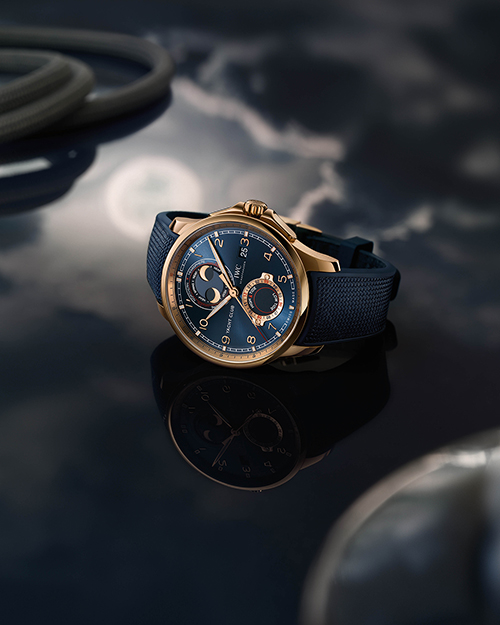 WHAT IS THE ROLE OF A DESIGNER IN THE WORLD OF WATCHMAKING?
WHAT IS THE ROLE OF A DESIGNER IN THE WORLD OF WATCHMAKING?
The general role is to push the boundaries, re-think existing concepts and come up with something new. However, if you have the privilege of working for a brand with a history like IWC, you have to balance the role of a forward-thinker with the responsibility of a brand-guardian. As a designer, it is your task to safeguard the brand’s design DNA and visual codes. When you create a new watch, you have to be respectful of the history and character of the brand, but still keep introducing new ideas. In the end, designing a new product for a brand like IWC always means to create something that combines the two qualities and will remain aesthetically relevant for a very long time.
How important would you say exterior design is versus internal movement characteristics in terms of watch sales?
I think you can’t separate one from the other. Many of our customers are very interested in the technical details of a watch. They want to know which in-house calibre powers it, or how complications like the perpetual calendar are functioning. Others may be more drawn to the aesthetics of a product. What characterises IWC is that we aim to find the right balance between form and function and follow an integrated approach when it comes to the design execution.
WHAT EXACTLY IS GOOD WATCH DESIGN FOR YOU? ANY EXAMPLES BOTH INSIDE AND OUTSIDE THE IWC RANGE?
Good watch design is something that is here to stay. Look at the first Portugieser, Reference 325. More than 80 years ago, this watch has essentially defined the design DNA of the Portugieser family once and for all. The clean and open dial with the small seconds at “6 o’clock” looks every bit as modern today as it did on the day it was first created. For me, this timeless modernity in a design is very important. Good design does not just fit into one era or historical context but looks fresh and contemporary every day.
IS IT POSSIBLE TO BE GROUNDBREAKING WHEN YOU ARE TIED TO ALWAYS LINKING IN A BRAND’S DNA?
The new Portugieser Yacht Club Moon & Tide [above] is an excellent example of how you can respect the history and DNA of a watch family and still come up with something astonishing. Putting aside some wonderfully useful enhancements like a water-resistance to 6 bar and a case made from 5N gold that’s one of the most corrosion-resistant materials, if you look at the design of the watch, it has all the elements that have made the Portugieser Yacht Club a success since 2010. By using the iconic double moon indication of our legendary perpetual calendar as a starting point, we developed a practical tide indication that informs you about the approximate time for the next high and low water. This new complication is on the spot with the nautical heritage of the Portugieser, yet it’s something completely new.


